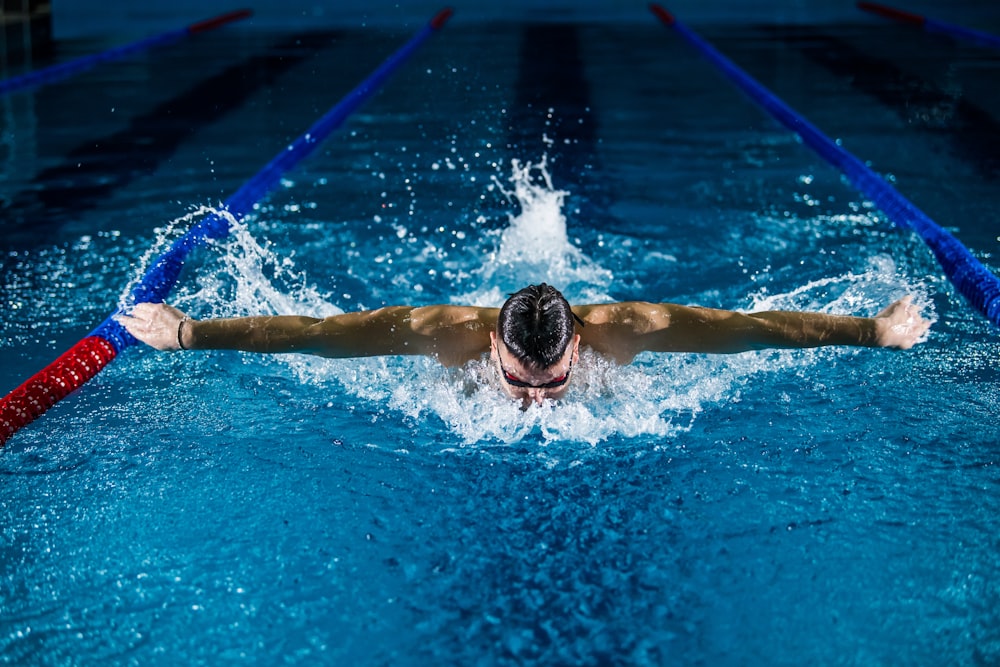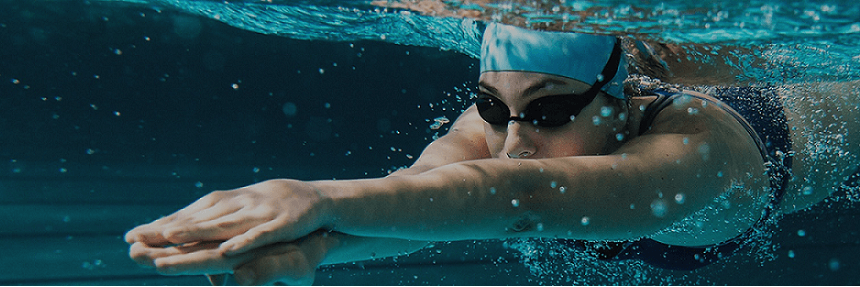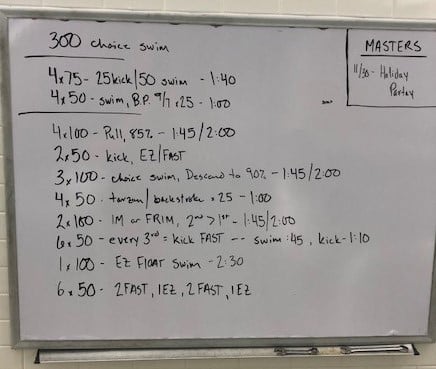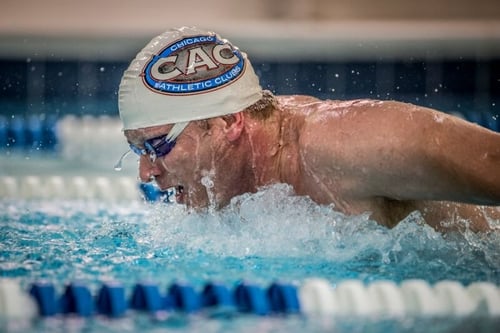MAKE A SPLASH
THIS SUMMER

Join Now For $0 Enrollment!
Learn MorePosted By: Brian McClelland /

Beginner Swim Workout for 2025 & Swimming FAQs
Have you ever made the plan to go do a beginner swim workout, only to get to the pool and not be 100% sure of where to start? Did you have questions like “How far should I go?”, “Should I just swim some laps” … “Is that enough of a workout?” or “Should I do this workout listed on the whiteboard, and what does it mean?”?
The good news is you're not alone. As swim coaches, we get these questions often, especially from new swimmers looking for structured workouts. This piece is particularly aimed at the beginner swimmer, providing swim workouts that cater to individuals who are new to swimming.
Therefore, this article is directed toward those of you who have taken an interest in swimming, have swim gear (like swim goggles and a pull buoy), and have been in the pool a few times but might not know how to turn your enjoyment of swimming into a regular routine.
Specifically, for beginner swimmers, it’s important to understand that you don’t need a lot of equipment to start, but having the right gear can significantly enhance your training and enjoyment. Focus on efficient swimming by improving body position and swimming technique.
This article will help you prepare your own workout and interpret a swim plan on a whiteboard. It may also help you decide whether adult lessons or Masters Swimming classes are right for you.
Common questions:
Common questions:
Q. When you show up at the pool and see shorthand on the whiteboard, what does it mean?
Key terms:
Numbers (25, 50, 100): Distance in yards/meters. “8x25” means 8 single lengths.
:10, :20: Rest intervals (seconds between sets).
“K”: Kick with a board (focusing on lower body strength).
“Pull”: Use a pull buoy to isolate upper body. Pair with paddles for power.
“Build”: Start at moderate pace, increase to fast pace within a set.
“Descend”: Reduce time each repeat (e.g., 2:00, 1:55, 1:50).
“WU/CD”: Warm up / cool down.
Example workout:
4 x 100 Free @ :20: Swim 4x100 freestyle, resting 20 seconds. Focus on arm extended during recovery.
8 x 50 Free @ :10: Sprint 50s with short rest intervals to build endurance.

Example white board workout at the pool.
Q. How do you know you’re getting a good workout?
Track heart rate and effort. For beginners, start at an easy pace (RPE 4-6) to maintain form. Mix high-intensity interval training (HIIT) like 8 x 25 Sprint @ :15 with easy backstroke for recovery. Use a pace clock to track average pace and stroke count.
Hot Tip: Use fins to improve kick power and body position. A certified personal trainer or swim coach can help refine your four strokes (freestyle, backstroke, breaststroke, butterfly).

Q. How should new swimmers build workouts?
Start with 20-minute sessions (~900-1000 yards). Prioritize technique over speed. For example:
Warm Up (WU): 200 swim @ :30. Focus on left arm and right arm rotation in freestyle.
Main Set: Alternate one arm drills and four strokes to build endurance.
Cool Down (CD): 100 easy pace with perfect stroke focus.
Benchmark Goals:
Reduce rest intervals.
Increase distance and speed.
Master different strokes.
Improve stroke count per length.
Sample Beginner Workout:
WU: 500 yds
200 swim @ :30 (moderate pace)
100 kick @ :20 (lower body focus)
200 pull with pull buoy
Main Set: 1200 yds
4 x 100 Build @ :30: Start slow pace, finish fast pace.
50 easy: Focus on body position.
8 x 25 Sprint @ :15: All-out effort with short rest.
CD: 100 easy (mix backstroke and breaststroke)
TOTAL: 1800 yards (~30-45 mins)
Pro Tip: Structured workouts with rest intervals and pace variations help beginners progress safely. For more swim workouts, check out our guides!

Brian McClelland is a U.S. Masters Swimming Level 2 Coach and certified personal trainer.
© 2025 Chicago Athletic Clubs. All Rights Reserved. Privacy PolicyEmployee Login
https://www.chicagoathleticclubs.com/
https://www.chicagoathleticclubs.com/services/personal-training/
0
5000
true